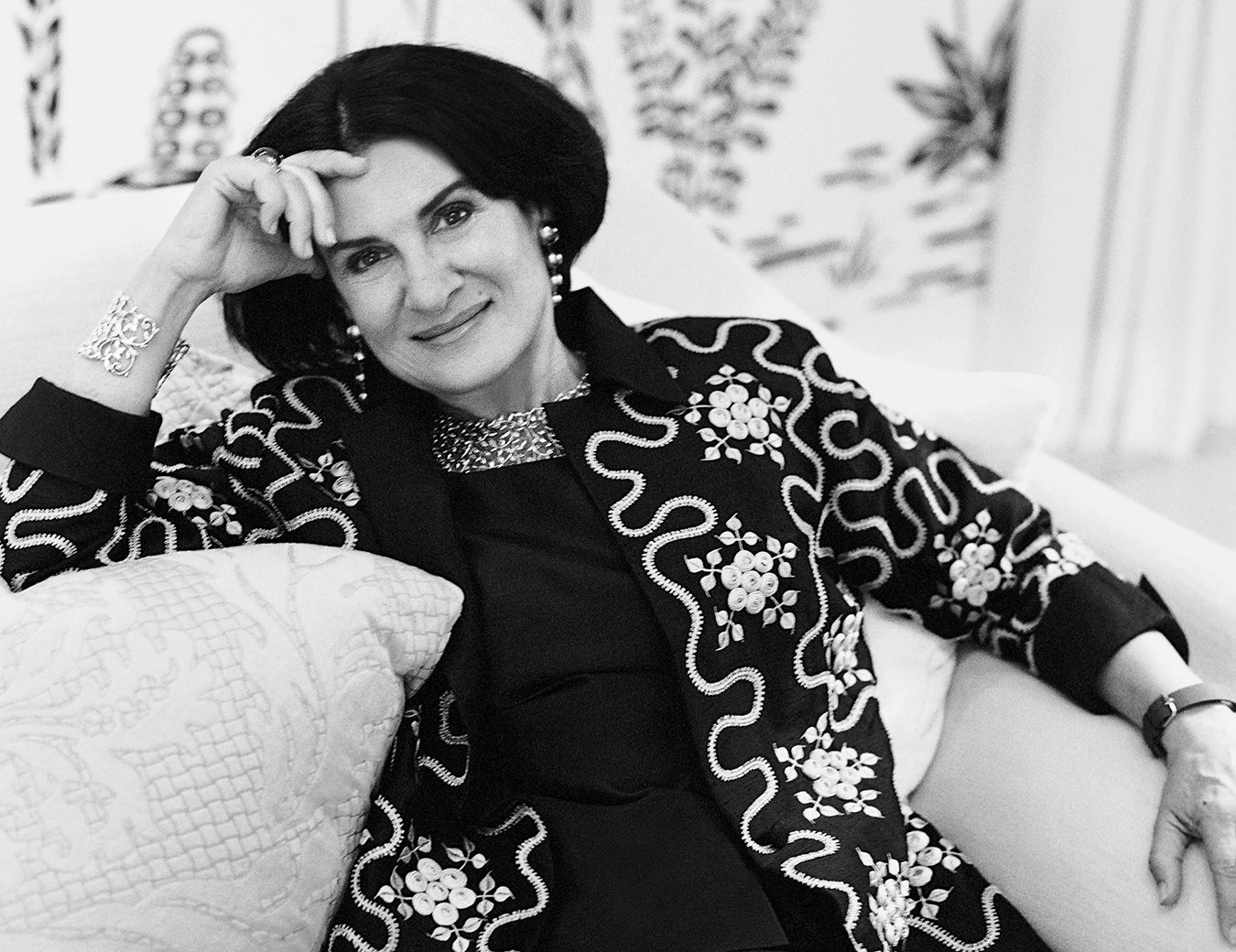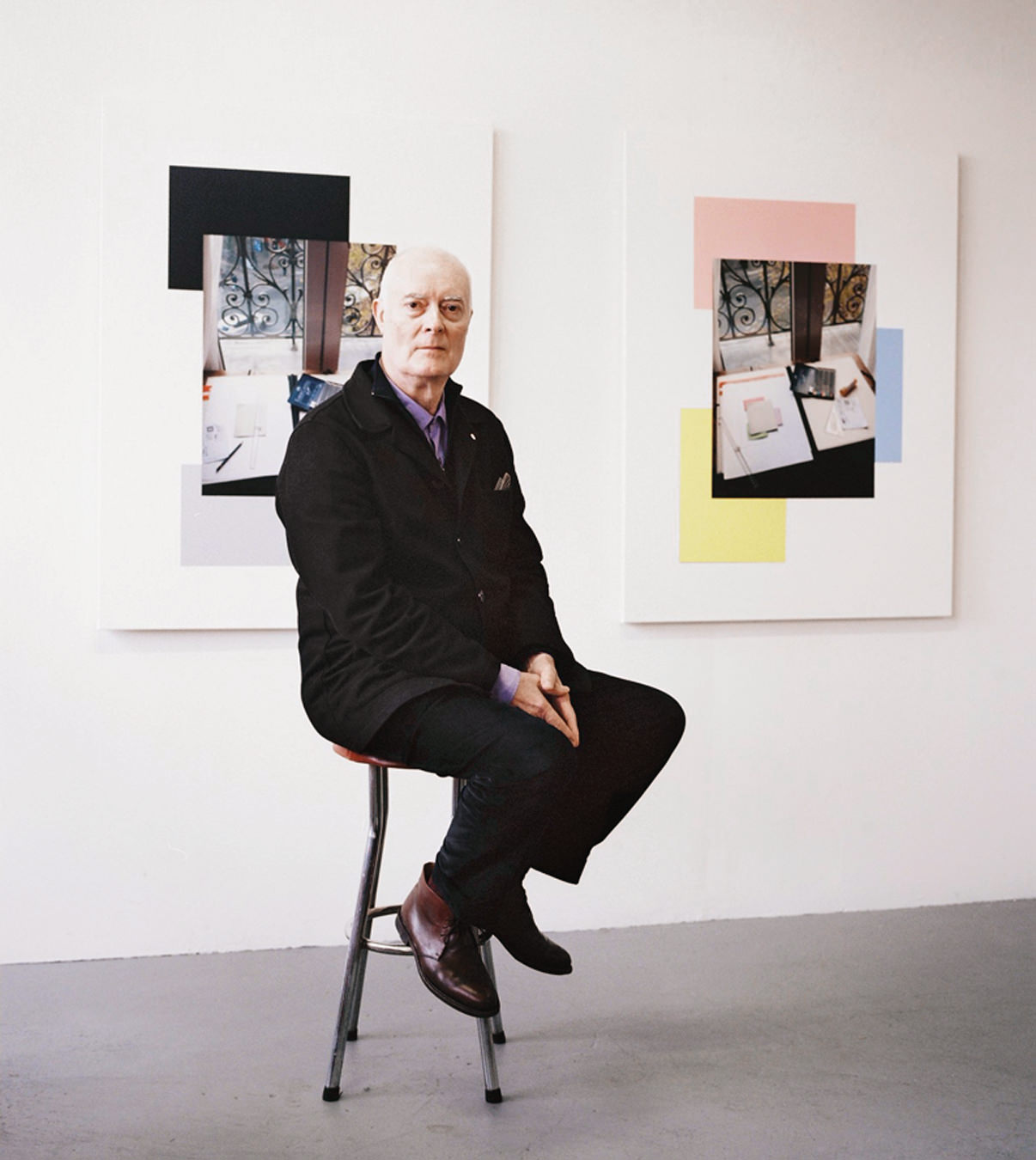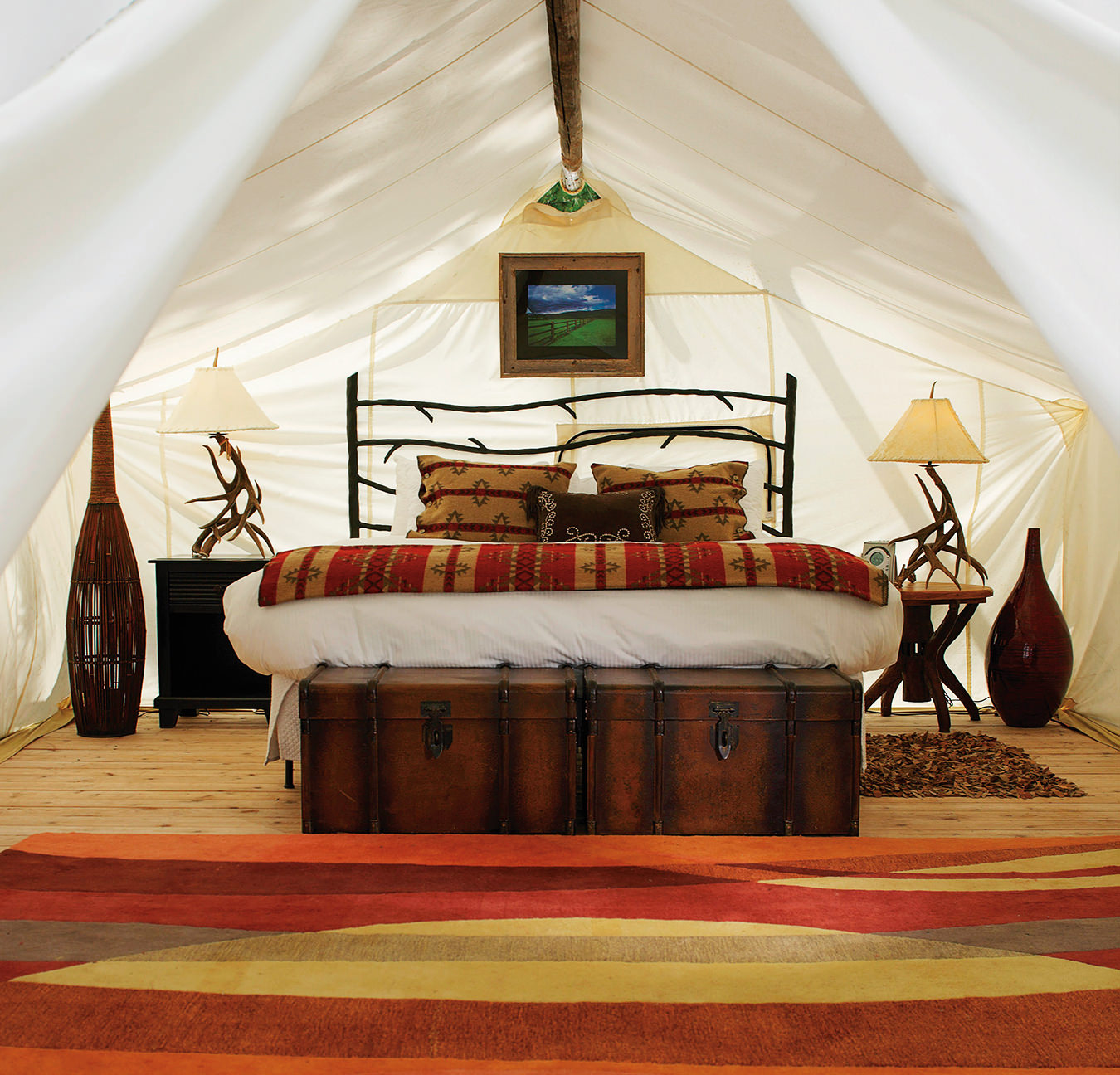Gardens, Gastronomy, and Tradition in Marrakesh, Morocco
In the heart of the city, far from the thrum of Marrakesh’s 950-year-old medina, a vivid-blue villa peeks out from behind a curtain of hot-pink bougainvillea. Travellers can stand inside the fabled Jardin Majorelle, a botanical treasure created by the French artist Jacques Majorelle, who planted the garden in the 1920s. Six decades later, this sanctuary was saved from destruction and lovingly revived by one of the city’s biggest ambassadors, Yves Saint Laurent. Today, with over 300 plant species from five continents, reflecting pools, bamboo forests, and fragrant citrus groves, this oasis champions low-impact tourism and conservation in a desert climate.
This lush oasis offers a peaceful escape from everyday life, nestled just beyond its vibrant cobalt Majorelle Blue walls, trademarked by its former owner and now iconic in defining Marrakesh’s palette. These carefully preserved pockets of calm encourage walking and mindful interaction with the environment, inviting visitors to slow down and reconnect with nature.
Standing amidst reflecting pools that gracefully frame bright yellow and orange urns of succulents and swaying bamboo forests, it’s easy to see why Saint Laurent was captivated by this 9,000-square-metre garden. Here, the city’s volume dims to a murmur, and the air cools, fragrant with bougainvillea, jasmine, and citrus blossoms. We all take deep, languorous breaths as the gentle burble of fountains seems to press our internal reset buttons.
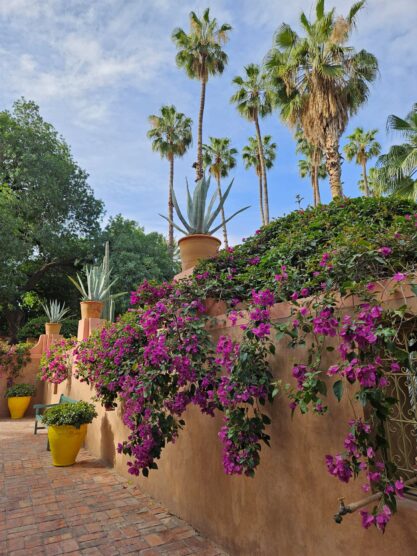
Photo by Mary Luz Mejia
Yves Saint Laurent first visited Marrakesh in 1966 with his partner, Pierre Bergé. He was smitten w the city’s golden, almost liquid honey light, its vibrant colours, and exciting atmosphere. Saint Laurent later said that it was here he “discovered colour,” a revelation that would weave its way into future collections and open a new chapter in his life.
As you wander the gardens’ winding paths, architectural delights unfold, like the exquisite blend of Moorish and art deco buildings adorned with stunning zellige tilework and ornamental arches. Don’t miss the Pierre Bergé Museum of Berber Arts, housed in Majorelle’s former studio, where beautiful traditional textiles, jewellery, and clothing tell the stories of Morocco’s indigenous peoples. Before you leave the premises, stop by the rose garden where YSL’s ashes were scattered in 2008 and where memorials to him and Pierre Bergé stand in quiet tribute.
Fashion enthusiasts will find a visit to the Musée Yves Saint Laurent Marrakech next door, designed by the French architecture firm studio KO and showcasing haute couture pieces, sketches, accessories, and original runway pieces. End by sitting in the theatre and watching a film revealing the designer’s intimate connection to Morocco.
Just steps from the Majorelle, My Kawa is the go-to café to enjoy a cool drink, snack, or lunch under the beautiful hand-woven patio umbrellas. Frosty iced lattes, Moroccan stews, fresh salads, bowls, and a selection of gazelle horn cookies (crescent-shaped and filled with almond paste) made from seasonal ingredients offer the perfect pick-me-up after a long walk.
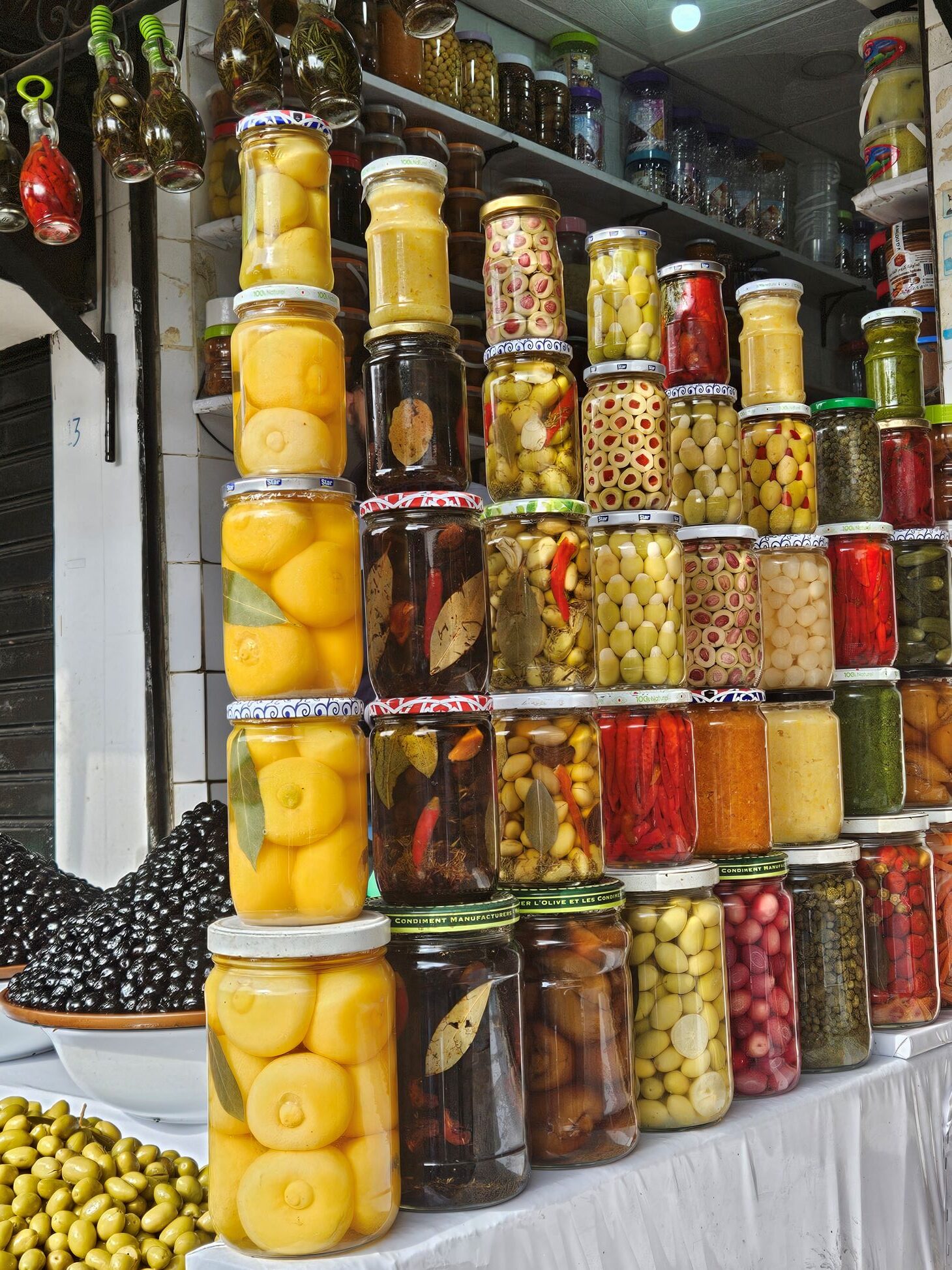
Photo by Mary Luz Mejia
Across town, the iconic Al Fassia restaurant and hotel is renowned for its culinary excellence and pioneering concept. This cooperative, owned and operated by women, is beloved by locals and visitors for its exquisite Moroccan cuisine and for its social and environmental sustainability. Founded in 1987 by Fatima Chab and her husband, Mohammed, with the revolutionary idea of creating a space where women could train, make collective decisions, and earn fair wages—unheard of in Morocco at the time. Today, their daughters Saïda and Myra continue this legacy with passion.
At their newer Aguedal location, a feast awaits: an array of dips, spreads, and crisp, sweet-savoury pastries like pastille and briouate, stuffed with spiced chicken, shredded fish, or ground beef. Yet the standout is the three-hour, slow-braised lamb shoulder, studded with almond slivers and simmered in a cumin-spiced sauce so memorable you’ll want to take it home in a jar. Pair it with a bottle of Moroccan red wine and settle into the plush red banquettes or the enchanting, candlelit garden at night. Don’t forget to leave room for fragrant mint tea and traditional nut-studded sweets.
Back in the heart of the city, Zeitoun Café (zeitoun is Arabic for” olive”) serves an innovative menu. From its rooftop terrace, you can enjoy sweeping views of the legendary Jemaa El Fna square, where drummers mark each sunset with fanfare. The preserved lemon chicken tagine, prepared with local ingredients and traditional techniques, is a highlight, showcasing Morocco’s rich culinary heritage. For a lighter option, try a made-to-order juice or a crepe filled with seasonal market fruits. Watching the sun set over Marrakesh while savouring these dishes feels like pure memory gold.
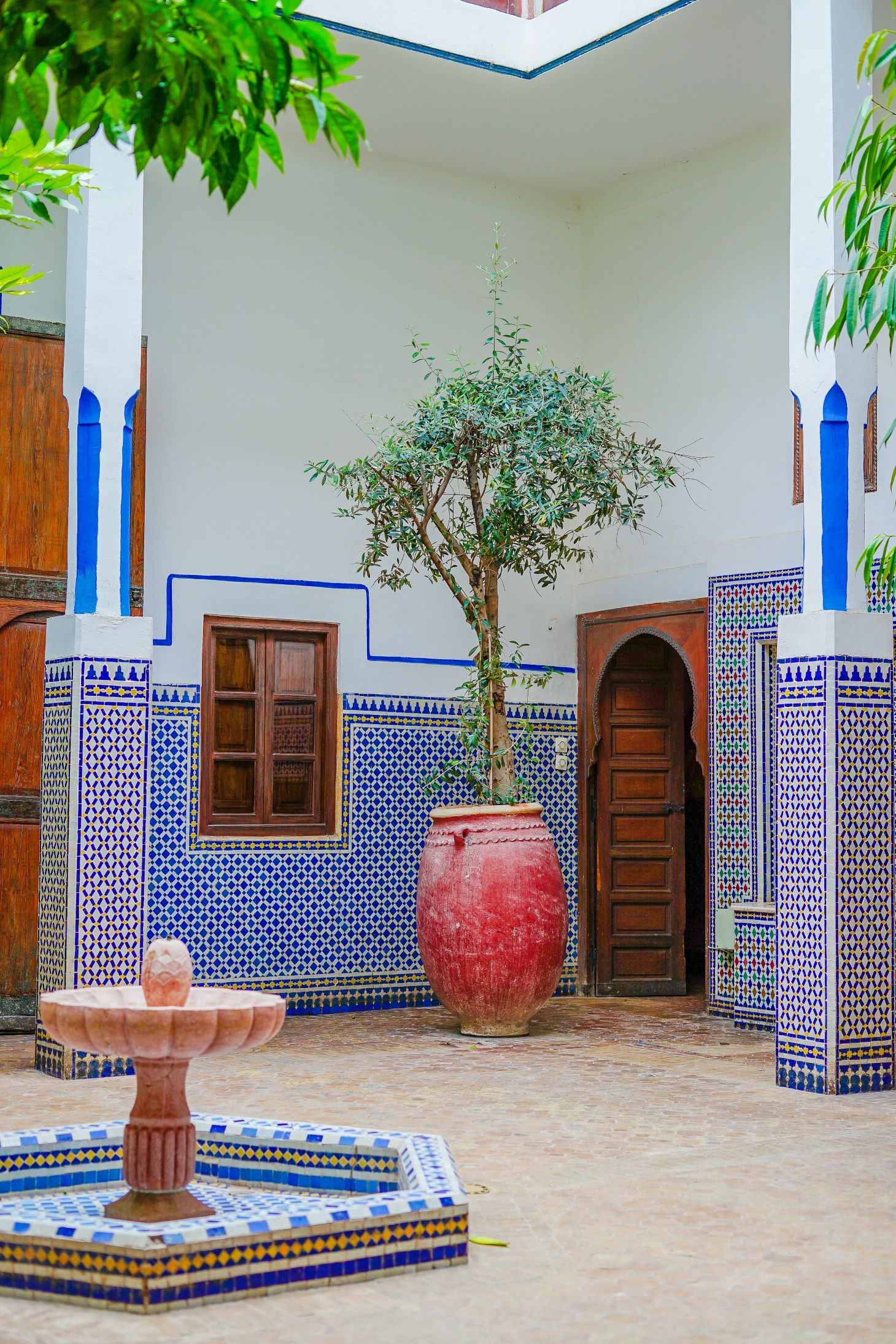
Every corner of Marrakesh tells a story of artistry, resilience, and a deep-rooted connection to land and tradition. From the tranquil Jardin Majorelle to the vibrant flavours at My Kawa, Al Fassia, and Zeitoun Café, this city weaves history with mindful living. It invites you to not just witness its beauty but to also savour it, supporting local hands, honouring heritage, and embracing sustainability. Each step, bite, and breath becomes a celebration of Marrakesh’s timeless spirit and enduring legacy. After all, it’s the same allure that captivated Majorelle, YSL, Balmain, and countless others who find in this city an endless source of inspiration.


